How we’re rewilding: Peter Ewins, Project Swallowtail
How do you get city dwellers to care about biodiverse, nature-led ecosystems? According to this former WWF staffer, urban naturalization projects can be an important first step.
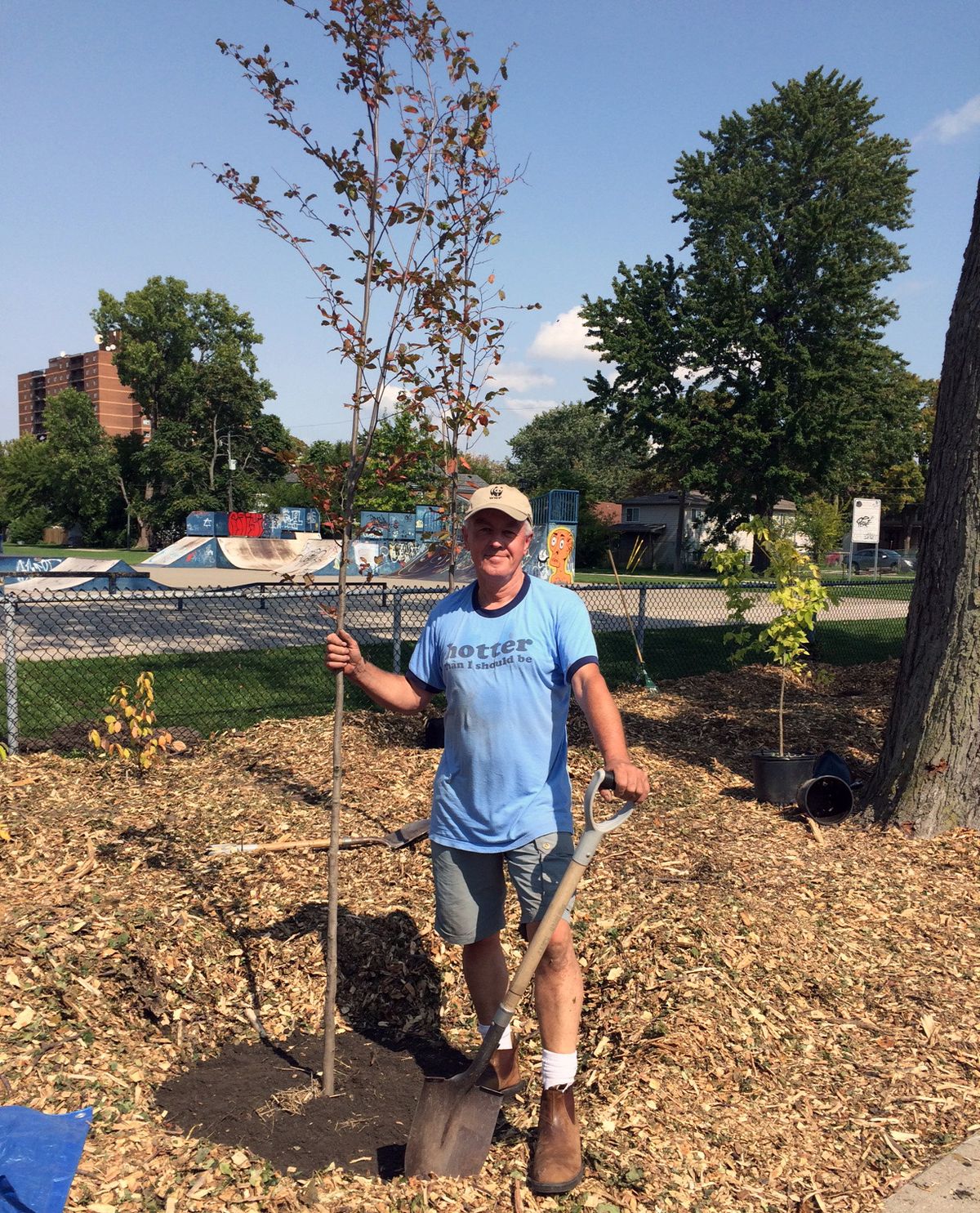
Walk around many Toronto neighbourhoods and you’re likely to come across signs proclaiming participation in Project Swallowtail, an initiative to encourage residents, schools and community groups to plant native species that support pollinator species and other wildlife. While the group was founded by a number of engaged individuals and organizations, one of the most visible is Peter Ewins, who volunteers a great deal of his time to offer webinars, seminars and labour as needed.
Ewins has a long history of working in conservation. But now that he’s retired, the Torontonian says he’s busier than ever thanks to his efforts to make Canada’s biggest city a little bit wilder – or, as he would put it, better and for broader benefit.
Here, he shares the why behind these urban naturalization efforts, plus tips on how to get involved or even start your own initiative.
“My main path to creating urban naturalization initiatives started about eight or 10 years ago when the world's biggest environmental and social justice organizations concluded that after 50 years, a few good battles had been won, but the war was desperately being lost. In other words, human society had become increasingly unsustainable.
It was pretty clear to some of us that the mistake had been assuming that science and common sense were going to drive major changes in public policy and human practice. There needs to be an emotional connection and relevance to it all. Otherwise, it's just another piece of information that's somewhat depressing and lost in this massive internet digital blizzard.
For people to prioritize what they do and its impact on nature, you need to have something that's close to their personal lives and their emotional values. That's what drove a number of us to native plants, which in an ecological sense is the very start – with the soil – of rebuilding habitat for nature, whether you love bees or birds or butterflies or bats.
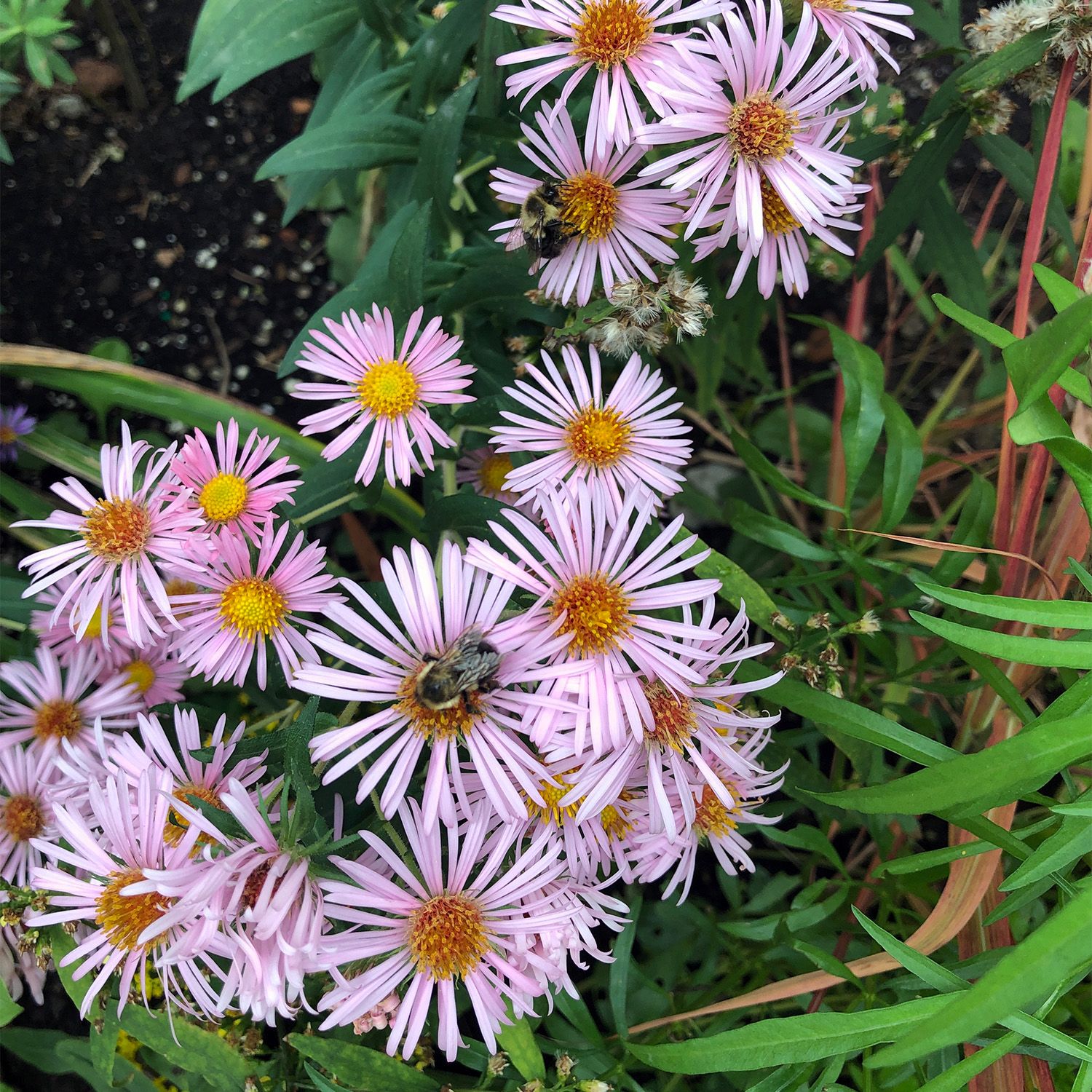
When I was at World Wildlife Fund, we created In The Zone with Carolinian Canada for those reasons. Project Swallowtail emerged from that, largely because a number of us believed that it was really important not to have one or two organizations owning an initiative: To be successful, it had to be owned by everybody in every organization.
Project Swallowtail has no identity. It's not part of the David Suzuki Foundation's current programs, or World Wildlife Fund, or the City of Toronto – it’s actually everybody’s. And that's key. Because what does tend to happen in the environmental movement – it’s the same in medical philanthropy – is there's a current flavour initiative, and people get tired of it after three or four years. So the fundraisers come in and say, hey, here’s a new initiative. But it's not a fundamental paradigm shift that everybody is on board with.
Whether you call it naturalization, restoration of habitat, rewilding – what we’re doing is primarily not an ecological thing. It's a human connection thing, particularly for the people who don't already believe passionately in ecological balance and connections to nature. Eighty-three percent of Canadians live in cities. It's urban people who are largely busy with their lives, but disconnected to a large degree from natural things. So whether it's local food or lovely flowers or native plants for pollinators, all of those things fused together are potentially very strong levers for regular folks to do something much better in and around their property, whether it's a balcony or a front or backyard or a piece of local parkette.
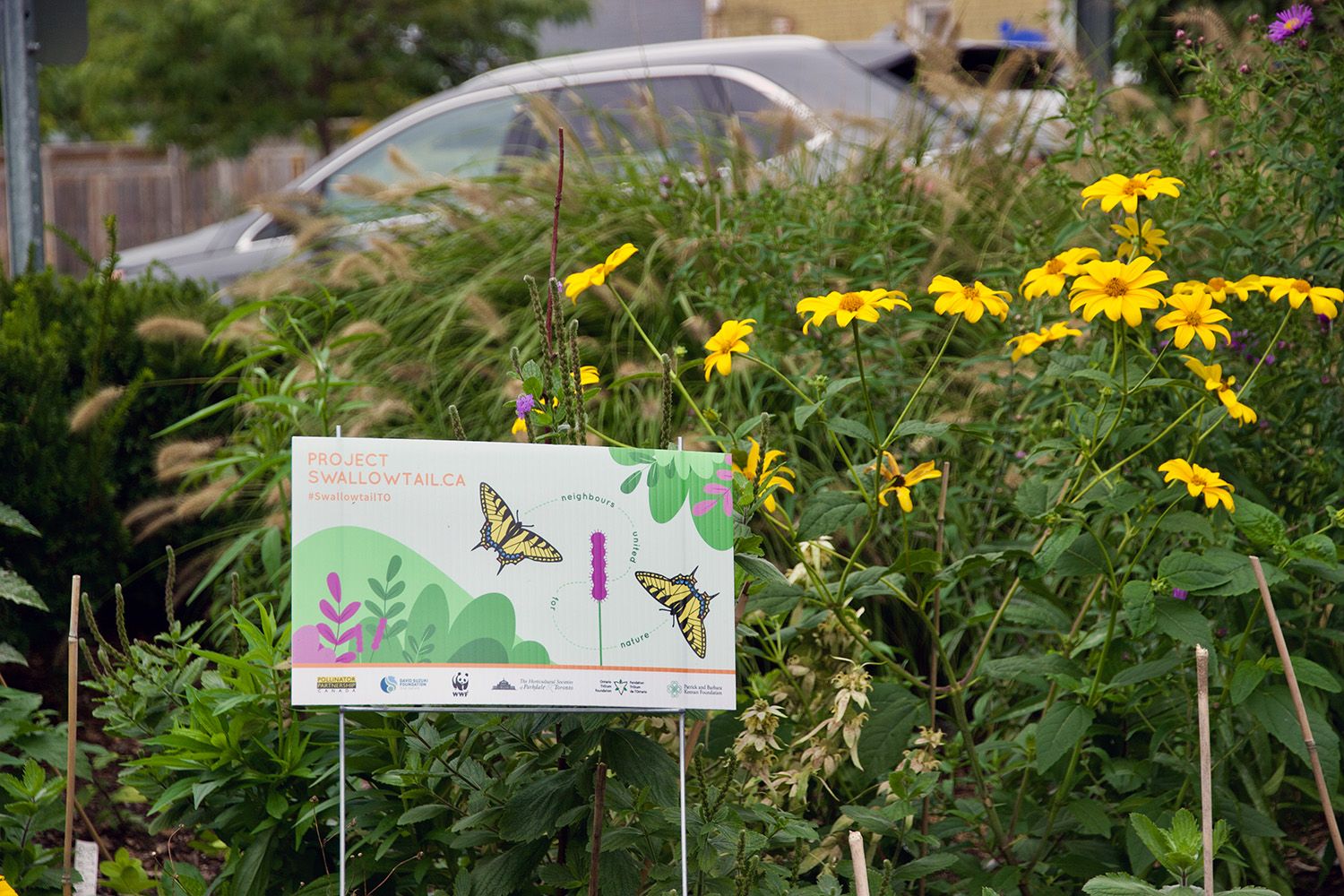
Swallowtail came from the swallowtail butterflies. It's well proven that you can have more success with a charismatic species. The team picked swallowtail because there are, I think, five swallowtail species in this part of the world. We wanted to see how we could communicate the biodiversity needs of swallowtails and broaden to other insects. Having a catchy name for something, and particularly the lawn sign that combines a colourful flower with a colourful butterfly – it's attractive, and does drive people to the website. But it's not exclusively about swallowtail butterflies. It’s about native plants for all pollinators.
The model is not about one organization or particular type of gardening. It's more about the people connection. The Block Ambassador is key here. People like me, who are motivated and somewhat knowledgeable and connected, can activate – especially if you're a good communicator – much, much stronger interest and support on your street and your block when you talk to people. For example, a local community group asked me to run a workshop on seed collecting and germination. There were about 15 people there, but those were the ones much more motivated than average people. Any one of them could have been Block Ambassadors. It's resourcing and empowering them to go and spread the word and these opportunities to their neighbours who currently are struggling to keep a lawn and weed patch mown.
Most people know in the back of their mind that there's always bad information about declines in pollinators, bees and wildlife biodiversity. But they feel helpless. This is the route in.
Beyond the Block Ambassadors, there are a few other elements, one of which is called Seed Sitters: collecting seed from bona fide local native plants, storing it correctly, sowing it into a tray, leaving it outside with a wire squirrel guard on top, and letting nature do its thing. There were 40 or 50 people last year this time signed up for this. And it worked tremendously, not just in terms of thousands of seedlings germinating through the spring and summer, but also in terms of giving people something to do and think about through the fall and the winter.
This is not so much about restoration of plants, but getting people to appreciate nature and get positive emotional feedback from seeing the impact in their local neighbourhood garden of what they did that was different and better. And you get that from seeing a colourful flower bloom emerge from a plant that you planted and then seeing, often very quickly, a colourful bee or butterfly coming to take its meal on that, or a caterpillar on that plant. Most people know in the back of their mind that there's always bad information about declines in pollinators, bees and wildlife biodiversity. But they feel helpless. This is the route in. It's a social and emotional trigger that's provided by even one plant that you planted. You see your neighbour, you have a chat about it, and then people follow.
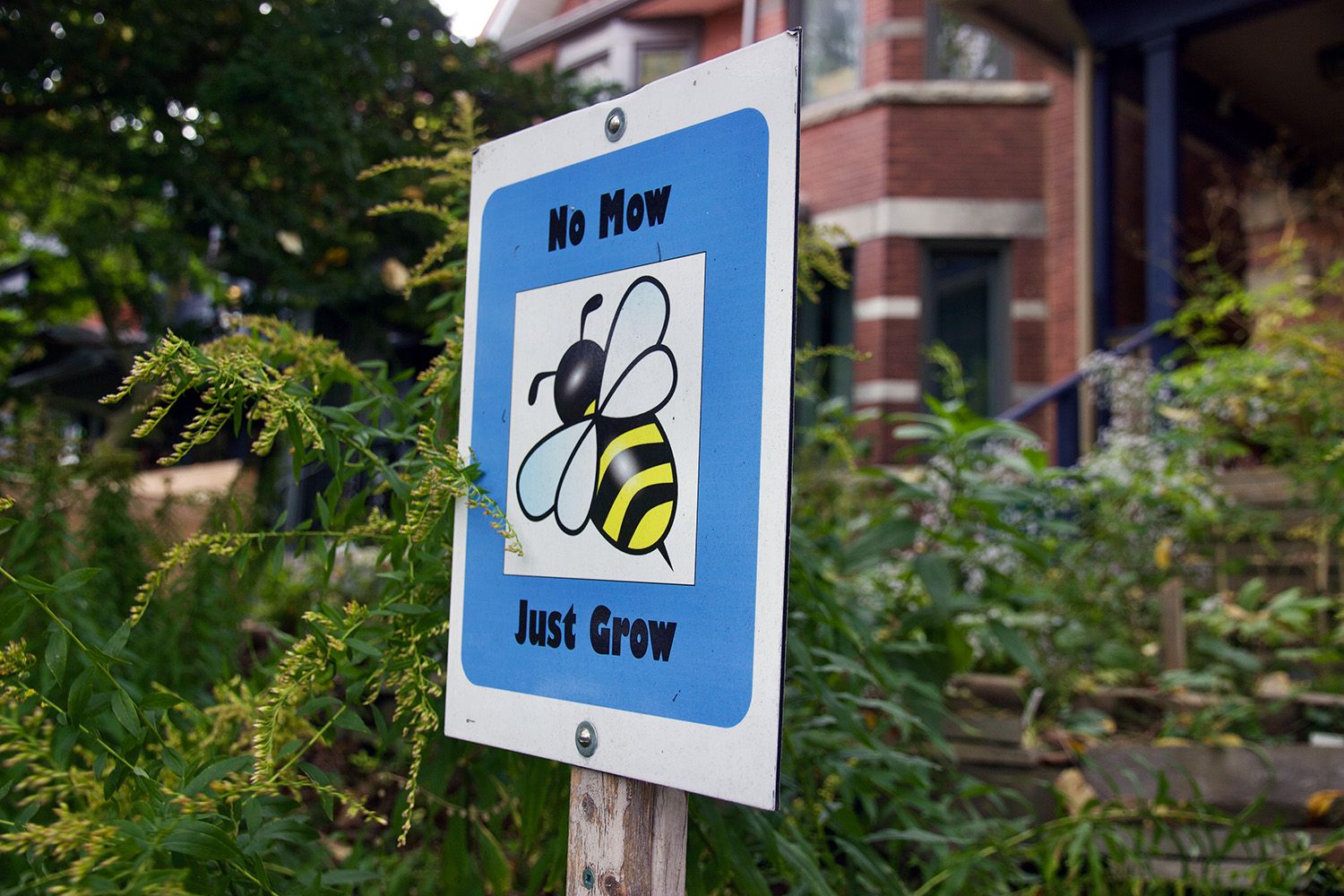
One of the challenges is to get this to look smart, to find native plants that don't get too tall in areas where people might be sensitive to that looking untidy. That's because for nearly 200 years, in almost all of urban Canada, people have bought into this imported European managed gardening ethic. The lawn is an expression of that, as is the boxwood hedge and the idea that you’re a bad citizen because it doesn't look neat and tidy and angular and linear. When you put in a bed of native plants, you either have to pick very low ones, or use the Chelsea Chop to keep the height down, or stake them. So in transition, it's important to factor that into the stewardship of the garden.
Rewilding is an interesting term. I'm not trained as a psychologist, but I've learned that words are very important. Many of these best native plants are still termed something-weed, which came from 150 years ago, because when the frontier was being pushed back by the colonials, the bush full of weeds was something that had to be tamed and removed. So wild is, in my opinion and experience, something of a dangerous word to use too much, because it has negative connotations for people who are frightened and want it to be tidy in order for them to be – the way they perceive it – successful citizens. I tend not to use “wild” or “rewilding” or “weed,” I tend to use “better” and “improved” and “for broader benefit.”
The whole approach is centred on people following good initiatives, when they've got somebody they admire and know is going to help them get started in their neighbourhood. And that can apply anywhere. Just replicate [Project Swallowtail], based on the same Block Ambassador model. The plant species are quite different, but the approach is essentially the same. It's a human-centred initiative, to get people together to do something to restore our planetary ecological integrity. You have to identify, resource, empower and connect those key people – every street’s got at least one. Get them together, get them to come forward, and then everything happens after that.”
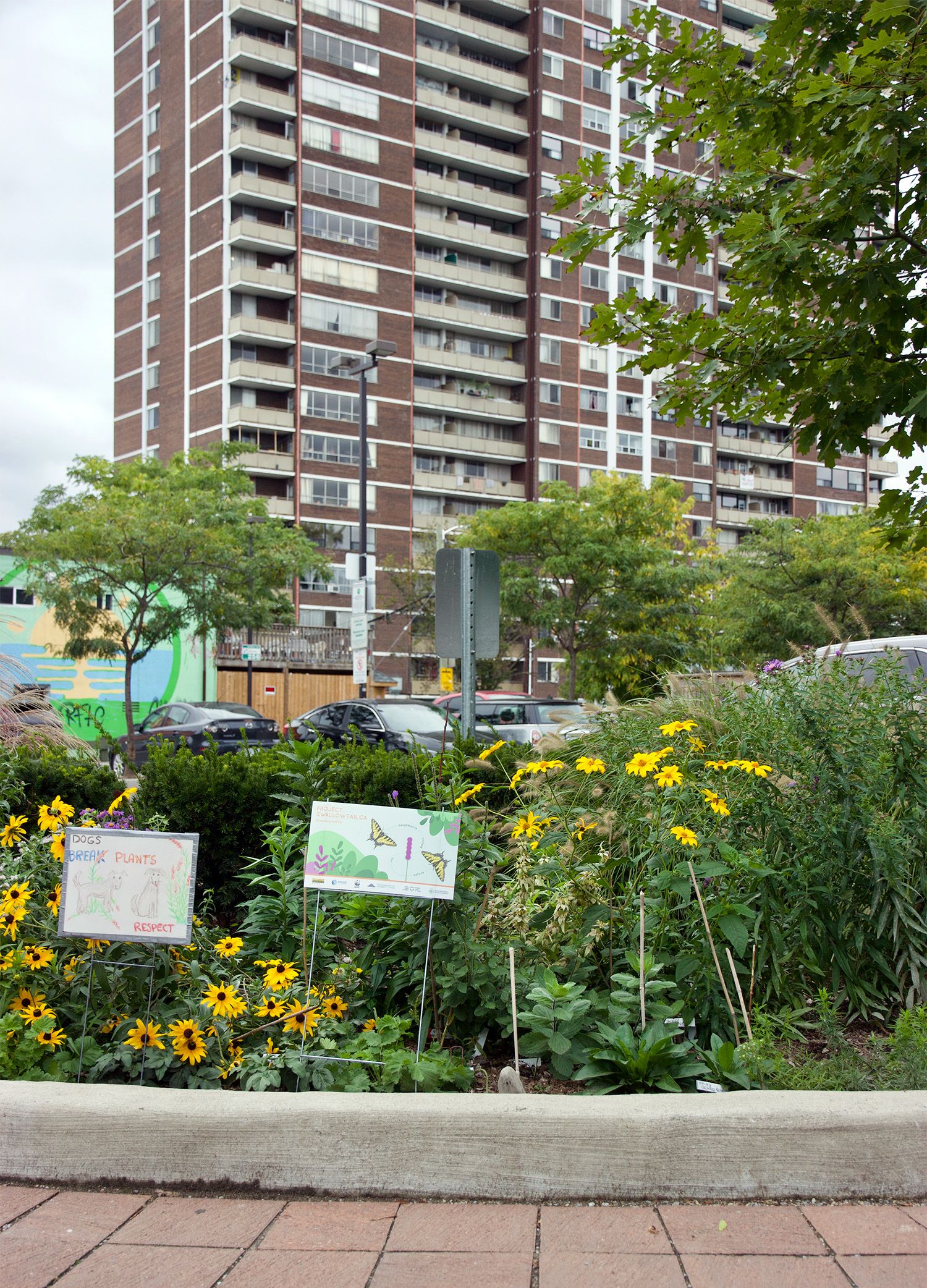
This interview has been condensed and edited for clarity.


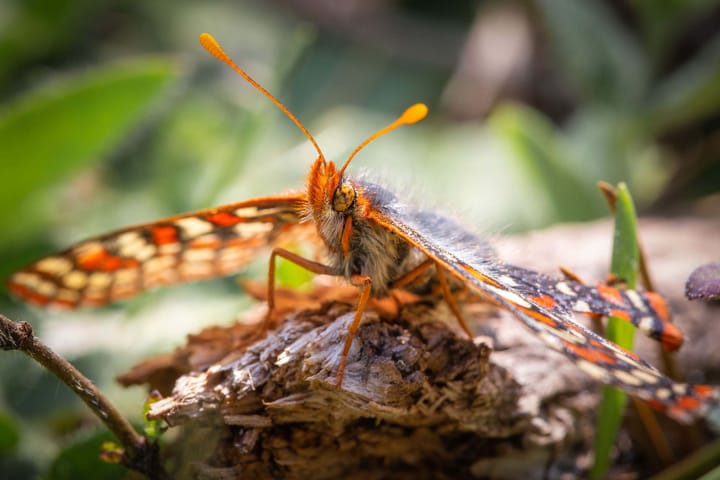
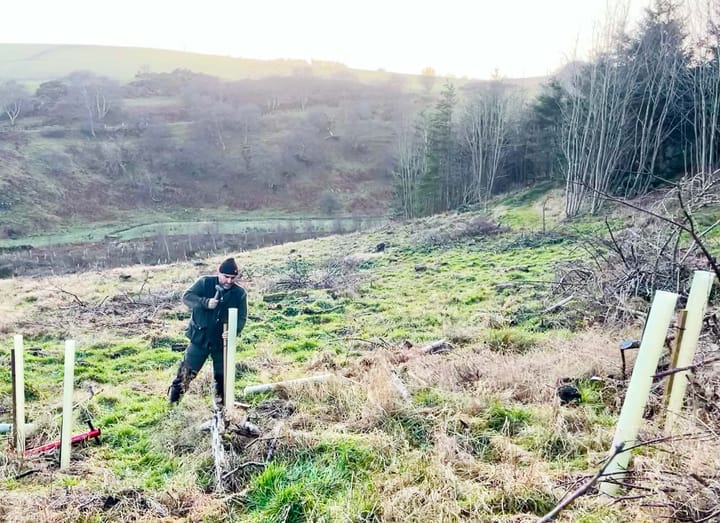

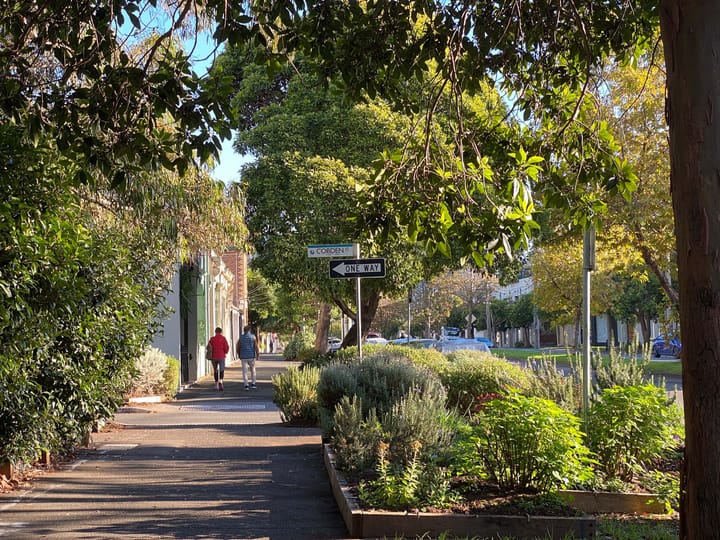

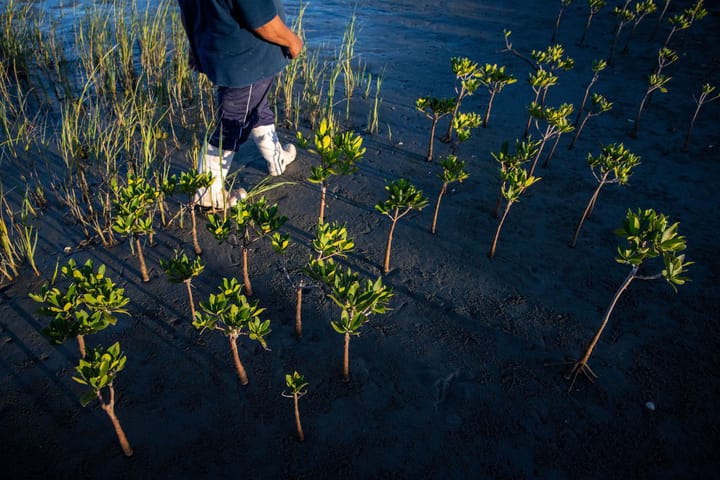
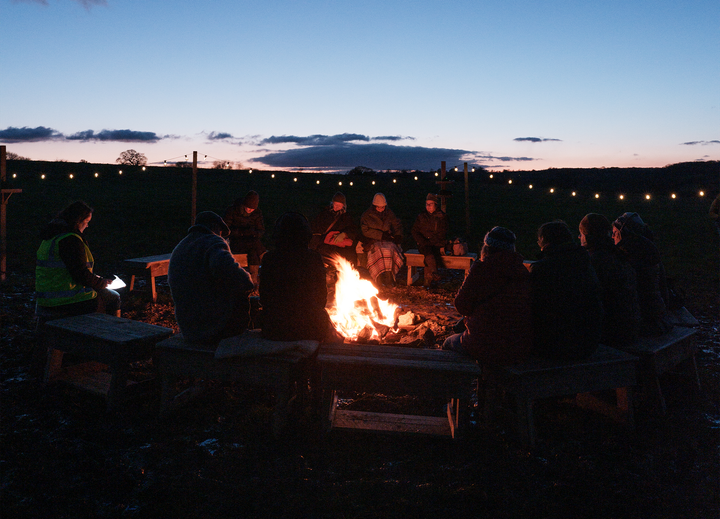
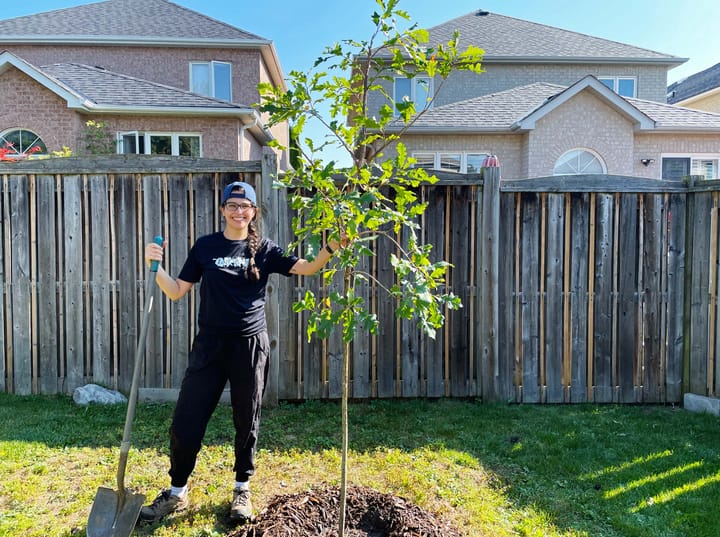

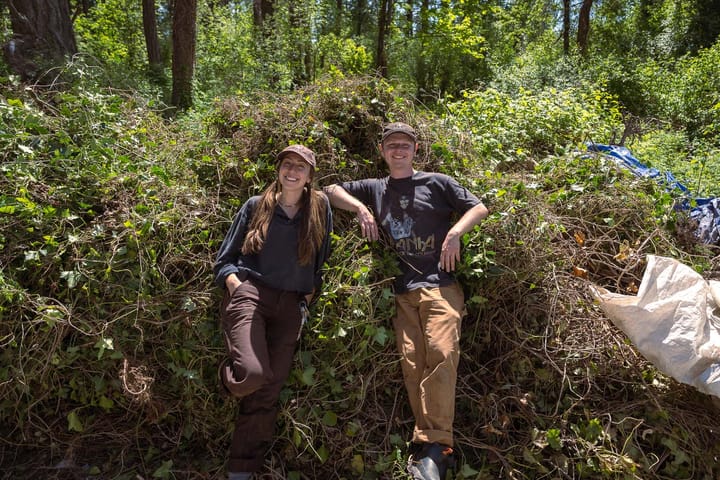
Comments ()